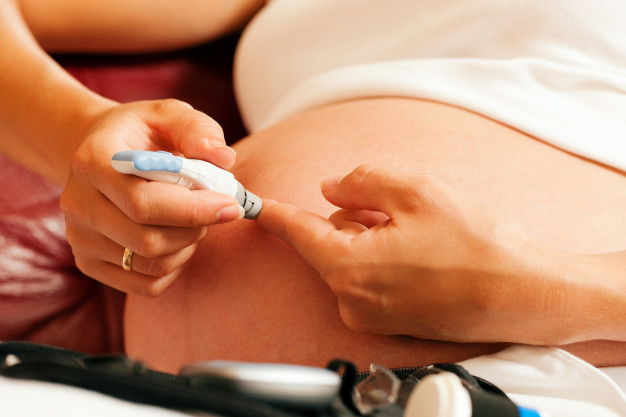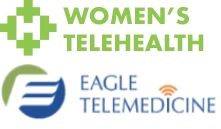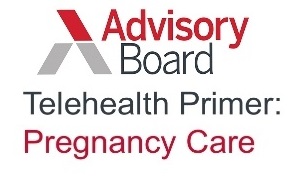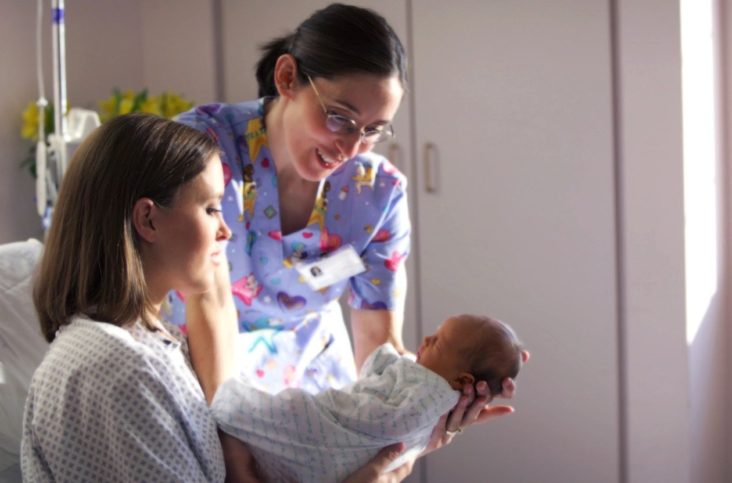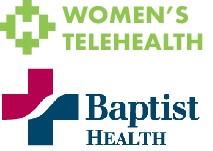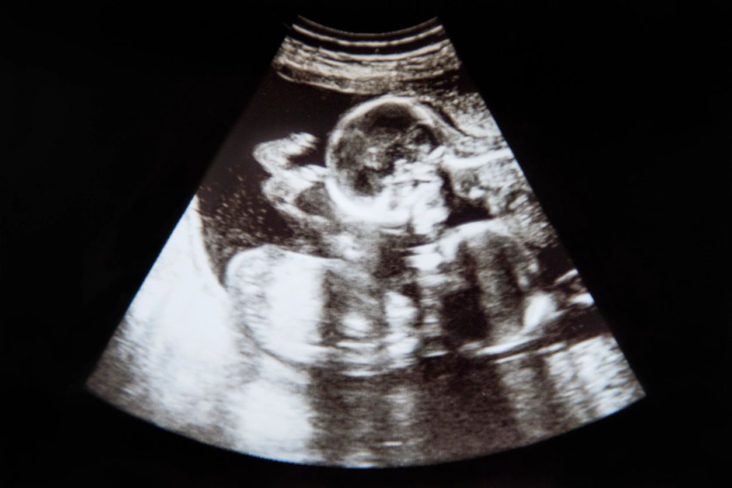This Pregnancy’s Challenge:
An 18 year old patient presented in a rural area to the local OB physician when she was 16 weeks pregnant. Her OB history showed she had been diagnosed with Type I Diabetes at age 5. She had been seeing a local endocrinologist but was told he would not follow her and manage her insulin during pregnancy.
The close diabetic monitoring required throughout the pregnancy would need to be provided by a Maternal-Fetal Specialist. Because the closest one was approximately 1 ½ hours from the patient’s home, she was referred to Women’s Telehealth by her local OB physician for co-management. Women’s Telehealth provided MFM care through telemedicine visits.
Of additional concern was that the patient was noted to be non-compliant in her insulin regime and diabetic care.
The Team’s Actions:
- Initially, the patient was taking both long-acting insulin daily and at bedtime, and rapid-acting insulin with meals. She had an implanted blood glucose monitor and was to follow an ADA diet.
- During her initial MFM consult, Women’s Telehealth counseled the patient to monitor and bring her blood sugar logs and insulin regime to every visit.
- For four weekly visits, the patient did not follow instructions. Women’s Telehealth continued to counsel her as to the potentially poor outcomes for the baby if her blood sugar was not controlled, as well as the importance of complying with the monitoring, diet and insulin regime. During this time, her baby slipped from the 55th percentile to the 29th percentile. Not a positive trend.
- Women’s Telehealth provided on-going insulin management, ultrasound fetal monitoring and counseling regarding non-compliance. With positive reinforcement, SOMETHING CHANGED!
- Her 18-20 week anatomy scan was normal.
- From 23 through 33 weeks, the patient started bringing in her blood sugar logs and her insulin levels became controlled. In fact, she reported they were, “the best they’ve ever been.” The baby grew from the 29th percentile to the 52nd percentile. Dopplers and antenatal testing showed GREAT improvement.
The Results:
- The story has not ended as the baby has not delivered. But, the baby is healthy and within a few weeks of a safe delivery. The patient was moved to an “all as needed” status with her insulin regime and blood sugars under control.
- Through telemedicine, the patient was able to stay local and receive the needed medical care, as she could not have traveled outside of her area.
- The tele-MFM option greatly improved patient compliance and results.
- The patient realized travel savings of 1,980 miles and over 35 hours.
. . . . . . . . . . . . . . . . . . . . . . . . . . . . . . . . . . . . . . . . . . . . . . . . . . . . . . . . . . . . . . . . . . . . . . .
The prevalence of diabetes in pregnancy in the U.S. is increasing. Pre-existing, Type I diabetes confers an increased and more significant risk to both mom and baby than gestational diabetes. Tight blood sugar control is critically important at all stages of pregnancy. Uncontrolled diabetes in pregnancy can lead to such complications as fetal anomalies, pre-eclampsia, fetal demise, macrosomia, neonatal hypoglycemia and spontaneous abortion.
To learn more, visit: https://www.cdc.gov/pregnancy/diabetes-types.html
. . . . . . . . . . . . . . . . . . . . . . . . . . . . . . . . . . . . . . . . . . . . . . . . . . . . . . . . . . . . . . . . . . . . . . .
Our goal in sharing patient case stories is to show the role and possibilities Women’s Telehealth plays in accessing high risk situations and to help turn patient and OB provider concern into the best possible care plans and outcomes for mom’s and their babies. For more information, call our office at: 404.478.3017


